Home>Gardening & Outdoor>Landscaping Ideas>What Will Grass Carp Eat
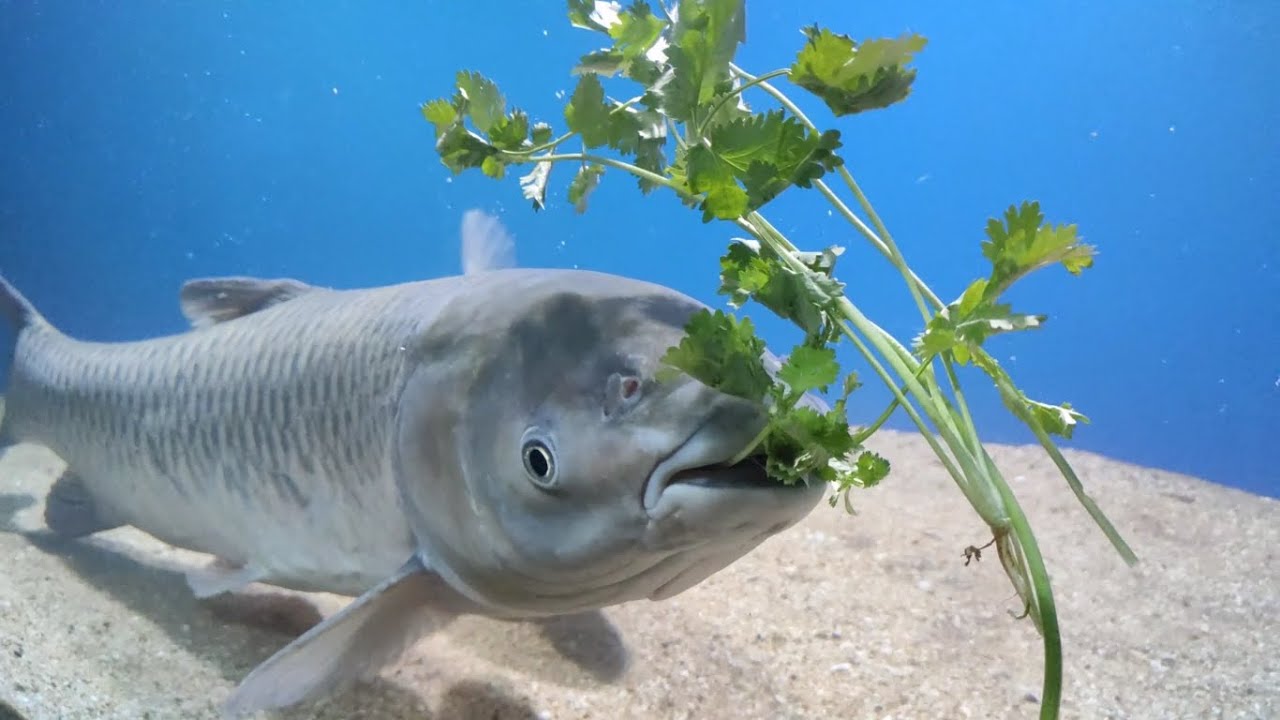

Landscaping Ideas
What Will Grass Carp Eat
Modified: February 18, 2024
Discover the best landscaping ideas for feeding grass carp and creating a vibrant, healthy pond ecosystem. Learn what grass carp eat and how to maintain a balanced aquatic environment.
(Many of the links in this article redirect to a specific reviewed product. Your purchase of these products through affiliate links helps to generate commission for Storables.com, at no extra cost. Learn more)
Introduction
Grass carp, scientifically known as Ctenopharyngodon idella, are herbivorous fish native to eastern Asia. They have been introduced to various parts of the world to control aquatic vegetation and maintain ecological balance in water bodies. As a vital component of aquatic ecosystems, grass carp play a crucial role in managing vegetation growth, which, if left unchecked, can lead to imbalances in water quality and the overall health of aquatic environments.
Understanding the dietary preferences of grass carp is essential for those looking to introduce them into aquatic environments for vegetation management. By gaining insight into their natural diet and preferred food sources, it becomes possible to optimize their presence for effective vegetation control while ensuring their nutritional needs are met.
In this article, we will delve into the intriguing world of grass carp diets, exploring their natural feeding habits, preferred food sources, and the implications for managing aquatic vegetation. By shedding light on what grass carp eat, we aim to provide valuable knowledge for individuals and organizations involved in aquatic ecosystem management and conservation efforts. Let's embark on a fascinating journey into the dietary preferences of these remarkable herbivorous fish.
Key Takeaways:
- Grass carp primarily eat aquatic plants, algae, and occasionally insects. Understanding their diet helps manage aquatic vegetation and ensures their well-being.
- Commercial feeds can supplement grass carp’s diet in managed environments, promoting their growth and vitality. This helps maintain their health in controlled aquatic settings.
Read more: What Is Grass Carp
Natural Diet of Grass Carp
Grass carp are primarily herbivorous, meaning their natural diet consists predominantly of plant matter. In their native habitats, these fish thrive on a diverse array of aquatic vegetation, utilizing their specialized pharyngeal teeth to efficiently consume and process plant material. Their ability to digest fibrous plant matter is a testament to their remarkable adaptation to herbivorous feeding.
One of the key components of the natural diet of grass carp is various types of aquatic plants. These may include submerged plants such as pondweeds and coontails, floating plants like duckweed and watermeal, and emergent plants including cattails and bulrushes. The consumption of these plant species not only sustains the grass carp population but also plays a crucial role in regulating the growth and distribution of aquatic vegetation within their native ecosystems.
Furthermore, grass carp exhibit a preference for consuming tender and succulent parts of aquatic plants, particularly the new growth and softer tissues. This selective feeding behavior allows them to target specific plant species and actively manage the composition of their diet based on the availability of different vegetation types in their environment.
By understanding the natural diet of grass carp, we gain valuable insights into their role as herbivorous foragers and their impact on aquatic ecosystems. This knowledge forms the foundation for effectively managing and leveraging their feeding habits to achieve specific ecological objectives, such as controlling the proliferation of certain plant species in water bodies.
Preferred Food Sources
Grass carp exhibit distinct preferences when it comes to their food sources, displaying a selective approach to foraging that aligns with their herbivorous nature. While their natural diet primarily comprises aquatic plants, they demonstrate varying degrees of preference for specific plant species based on factors such as taste, texture, and nutritional content.
One of the preferred food sources for grass carp is the tender shoots and leaves of submerged aquatic plants. These tender parts provide a delectable and nutrient-rich feast for the discerning herbivores, allowing them to efficiently consume and derive sustenance from these plant components. Additionally, grass carp often display a penchant for consuming the floating vegetation that blankets the surface of water bodies, with plants such as duckweed and watermeal being among their favored choices.
Moreover, emergent aquatic plants, characterized by their partially submerged or protruding growth from the water, also serve as preferred food sources for grass carp. The succulent stems and foliage of emergent plants, including species like cattails and bulrushes, are sought after by grass carp as delectable components of their herbivorous diet.
Understanding the preferred food sources of grass carp is instrumental in effectively managing their presence in aquatic environments. By identifying and strategically leveraging these preferred food sources, it becomes possible to optimize the utilization of grass carp for targeted vegetation control and ecological management, thereby harnessing their herbivorous tendencies to achieve specific conservation objectives.
Aquatic Plants
Aquatic plants serve as a vital component of the grass carp’s diet, playing a pivotal role in sustaining their herbivorous feeding habits. These plants encompass a diverse array of species that thrive in aquatic environments, ranging from submerged and floating plants to emergent species that grow along the water’s edge. The consumption of aquatic plants by grass carp is not only a testament to their herbivorous nature but also underscores their significant impact on regulating vegetation in aquatic ecosystems.
Submerged aquatic plants, characterized by their growth beneath the water’s surface, form an integral part of the grass carp’s diet. These plants, which may include species such as pondweeds and coontails, provide a rich source of nutrients and fiber for the herbivorous fish. Grass carp exhibit a proclivity for consuming the tender shoots and leaves of submerged aquatic plants, leveraging their specialized feeding mechanisms to efficiently process and derive sustenance from these plant components.
Floating aquatic plants, such as duckweed and watermeal, represent another essential food source for grass carp. These plants, which form a verdant carpet on the water’s surface, are eagerly consumed by grass carp, who relish the tender and nutrient-rich foliage. The selective feeding behavior exhibited by grass carp underscores their preference for specific types of aquatic plants, reflecting a nuanced approach to foraging that aligns with their herbivorous dietary requirements.
Furthermore, emergent aquatic plants, characterized by their growth at the water’s edge and partially submerged stems and foliage, also feature prominently in the grass carp’s menu. Species like cattails and bulrushes, with their succulent and fibrous components, are sought after by grass carp as delectable elements of their herbivorous diet. The consumption of emergent aquatic plants underscores the diverse range of plant species that contribute to the nutritional needs of grass carp in their native and introduced habitats.
By recognizing the significance of aquatic plants in the diet of grass carp, we gain valuable insights into the intricate interplay between herbivorous foraging behavior and the ecological dynamics of aquatic ecosystems. This understanding forms the basis for effectively managing vegetation in water bodies and harnessing the herbivorous tendencies of grass carp to achieve specific conservation and ecological management goals.
Grass carp are herbivorous and primarily feed on aquatic plants such as duckweed, watermilfoil, and pondweed. When considering their diet, it’s important to provide a variety of aquatic vegetation to ensure their nutritional needs are met.
Algae
Algae, encompassing a diverse range of photosynthetic organisms, represents an additional food source for grass carp, supplementing their herbivorous diet with nutrient-rich and abundant aquatic fare. While grass carp primarily consume plant matter, including various aquatic plants, their feeding habits also extend to the consumption of certain types of algae, adding a layer of dietary diversity to their herbivorous foraging behavior.
One of the key types of algae consumed by grass carp is filamentous algae, characterized by its thread-like appearance and propensity to form dense mats in aquatic environments. Grass carp demonstrate a proclivity for consuming filamentous algae, leveraging their herbivorous feeding mechanisms to graze on these algal formations. The consumption of filamentous algae represents a notable aspect of the grass carp’s dietary preferences, showcasing their adaptability in utilizing diverse food sources within aquatic ecosystems.
Furthermore, certain species of planktonic algae, including varieties such as diatoms and green algae, also serve as potential food sources for grass carp. These microscopic algae, abundant in many water bodies, contribute to the nutritional intake of grass carp, offering a supplementary source of nutrients and sustenance for the herbivorous fish. The ability of grass carp to capitalize on the presence of planktonic algae underscores their adeptness in diversifying their diet based on the availability of different food sources in their aquatic habitats.
By incorporating algae into their dietary repertoire, grass carp exhibit a versatile approach to herbivorous foraging, demonstrating a capacity to adapt to and capitalize on the diverse array of food sources present in aquatic environments. The consumption of algae by grass carp not only contributes to their nutritional intake but also serves as a mechanism for regulating algal populations and maintaining ecological balance within water bodies.
Understanding the role of algae as a supplementary food source for grass carp provides valuable insights into the intricate dynamics of their herbivorous feeding behavior and its implications for managing aquatic ecosystems. By recognizing the diverse dietary preferences of grass carp, including their consumption of algae alongside aquatic plants, we gain a comprehensive understanding of their ecological impact and the potential for leveraging their feeding habits in conservation and vegetation management efforts.
Read more: How To Catch A Grass Carp
Insects and Invertebrates
While grass carp are predominantly herbivorous, their dietary preferences extend beyond plant matter to include certain types of insects and invertebrates, adding a fascinating dimension to their foraging behavior. Although these animal-based food sources constitute a smaller portion of their diet compared to plant material, the inclusion of insects and invertebrates reflects the adaptability and opportunistic nature of grass carp in diversifying their nutritional intake within aquatic ecosystems.
One of the notable types of insects consumed by grass carp is aquatic insect larvae, which serve as a supplementary food source for these herbivorous fish. The consumption of insect larvae, including species such as mosquito larvae and mayfly nymphs, provides grass carp with a protein-rich and energy-dense dietary component, complementing their primarily herbivorous feeding habits. This opportunistic foraging behavior allows grass carp to capitalize on the presence of insect larvae in their aquatic habitats, showcasing their adaptability in utilizing diverse food sources for nutritional sustenance.
Furthermore, certain types of aquatic invertebrates, such as snails and small crustaceans, also feature in the dietary repertoire of grass carp. These invertebrates, often found in abundance in aquatic environments, serve as occasional food items for grass carp, contributing to the dietary diversity of these herbivorous fish. The consumption of aquatic invertebrates underscores the nuanced and adaptable nature of grass carp’s foraging behavior, highlighting their ability to exploit a range of food sources based on availability and nutritional value.
While the consumption of insects and invertebrates represents a smaller proportion of the grass carp’s diet compared to plant matter, the inclusion of these animal-based food sources underscores the multifaceted nature of their feeding habits. By incorporating insects and invertebrates into their dietary repertoire, grass carp demonstrate a capacity to adapt to varying food sources within their aquatic environments, showcasing a balanced and opportunistic approach to herbivorous foraging.
Understanding the occasional consumption of insects and invertebrates by grass carp provides valuable insights into the diverse dietary preferences of these herbivorous fish and their role in maintaining ecological balance within aquatic ecosystems. By recognizing the adaptability and opportunistic nature of grass carp in diversifying their nutritional intake, we gain a comprehensive understanding of their foraging behavior and its implications for ecosystem management and conservation efforts.
Commercial Feeds
While grass carp primarily subsist on a diet of aquatic plants, algae, and occasional insects and invertebrates in their natural habitats, their dietary preferences can extend to include commercial feeds in managed environments such as aquaculture facilities and controlled water bodies. The provision of commercial feeds offers an avenue for supplementing the nutritional intake of grass carp, particularly in situations where natural food sources may be limited or when specific dietary requirements need to be met for optimal growth and health.
Commercial feeds tailored for grass carp are formulated to provide a balanced and nutritious diet, encompassing essential nutrients, vitamins, and minerals required for the well-being of these herbivorous fish. These feeds often consist of plant-based ingredients that mimic the natural dietary preferences of grass carp, offering a blend of proteins, carbohydrates, and other vital nutrients to support their growth and vitality in managed environments.
One of the key advantages of utilizing commercial feeds for grass carp is the ability to customize the nutritional content based on the specific requirements of the fish. This enables aquaculture practitioners and conservationists to ensure that grass carp receive a well-rounded and optimized diet, promoting their overall health and vitality while meeting the demands of controlled rearing and management practices.
Furthermore, the availability of commercial feeds provides a practical solution for maintaining the nutritional well-being of grass carp in scenarios where natural food sources may be insufficient or where the supplementation of specific nutrients is necessary to address dietary deficiencies. By incorporating commercial feeds into the feeding regimen of grass carp, aquaculture practitioners and conservationists can ensure that the nutritional needs of these herbivorous fish are comprehensively met, fostering optimal growth and resilience in managed environments.
Understanding the role of commercial feeds in the diet of grass carp sheds light on the adaptability of these herbivorous fish to varying feeding regimens in managed settings. By leveraging the benefits of commercial feeds, practitioners can enhance the nutritional management of grass carp and optimize their dietary intake to support their well-being and growth, thereby contributing to the sustainable management of grass carp populations in controlled aquatic environments.
Conclusion
The dietary preferences of grass carp encompass a diverse array of food sources, reflecting their adaptability and herbivorous nature within aquatic ecosystems. From their primary reliance on aquatic plants to the occasional consumption of algae, insects, and invertebrates, grass carp exhibit a nuanced and versatile approach to foraging that underscores their role as essential components of aquatic environments.
Understanding the natural diet of grass carp provides valuable insights into their ecological impact and the implications for managing aquatic vegetation and ecological balance. Their selective feeding behavior, particularly in targeting tender and succulent parts of aquatic plants, underscores their nuanced approach to herbivorous foraging, aligning with their role as effective regulators of aquatic vegetation growth.
Furthermore, the inclusion of algae, insects, and invertebrates in the grass carp’s dietary repertoire highlights their adaptability and opportunistic nature in diversifying their nutritional intake. This multifaceted approach to foraging underscores the resilience and adaptability of grass carp in utilizing diverse food sources within their aquatic habitats, contributing to the intricate dynamics of aquatic ecosystems.
Additionally, the availability of commercial feeds presents a practical avenue for supplementing the nutritional intake of grass carp in managed environments, offering a tailored and balanced diet to support their growth and well-being. By leveraging the benefits of commercial feeds, practitioners can optimize the nutritional management of grass carp, ensuring their vitality and resilience in controlled aquatic settings.
In conclusion, the dietary preferences of grass carp encompass a rich tapestry of food sources, ranging from aquatic plants and algae to occasional animal-based fare, reflecting their adaptability and integral role in maintaining ecological balance within aquatic ecosystems. By gaining a comprehensive understanding of their dietary habits, we can effectively manage and leverage the presence of grass carp to achieve specific conservation and vegetation management goals, ensuring the sustainable coexistence of these remarkable herbivorous fish within our aquatic environments.
Frequently Asked Questions about What Will Grass Carp Eat
Was this page helpful?
At Storables.com, we guarantee accurate and reliable information. Our content, validated by Expert Board Contributors, is crafted following stringent Editorial Policies. We're committed to providing you with well-researched, expert-backed insights for all your informational needs.
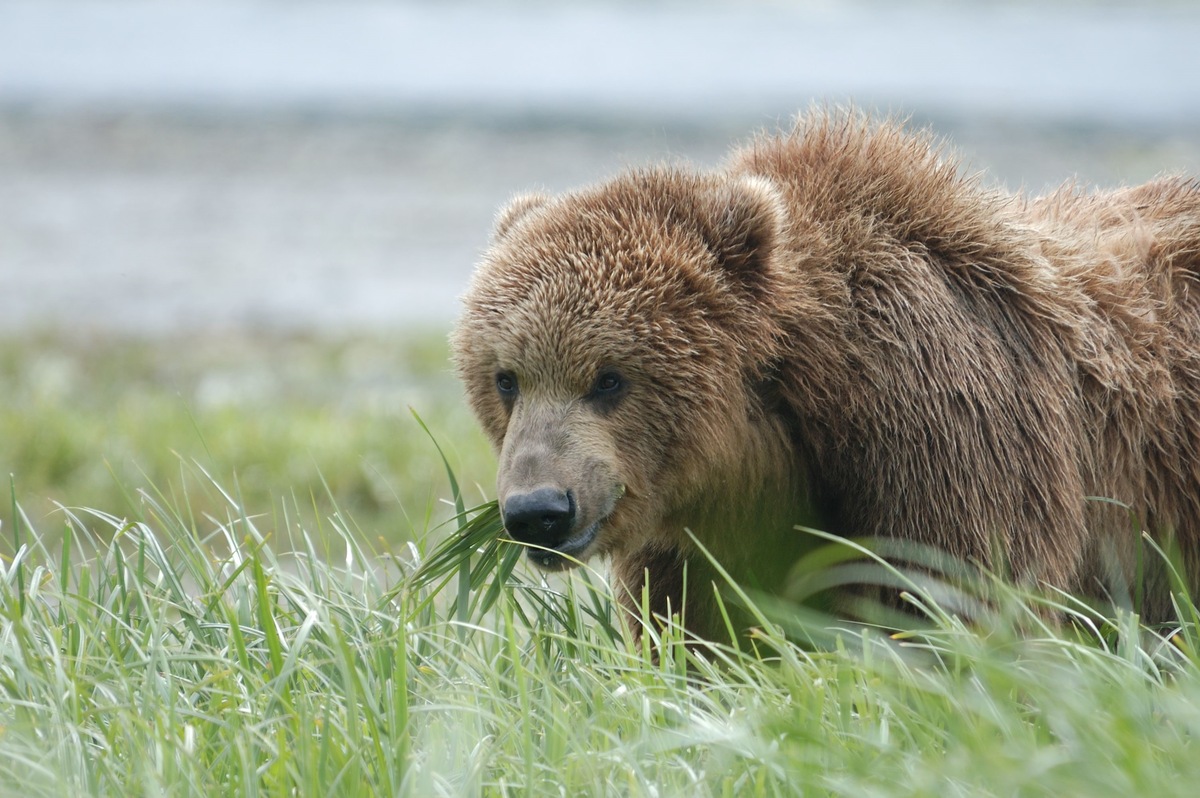
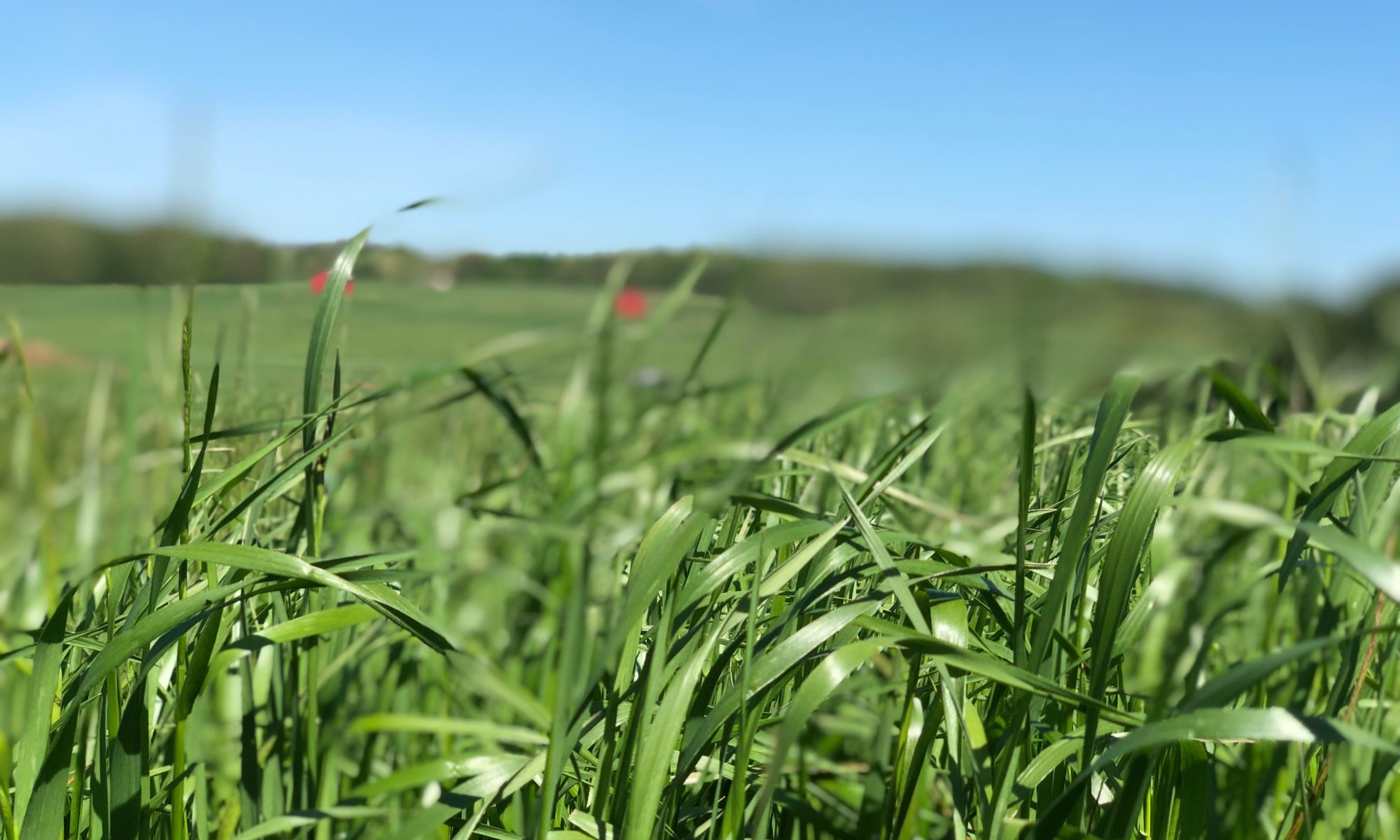
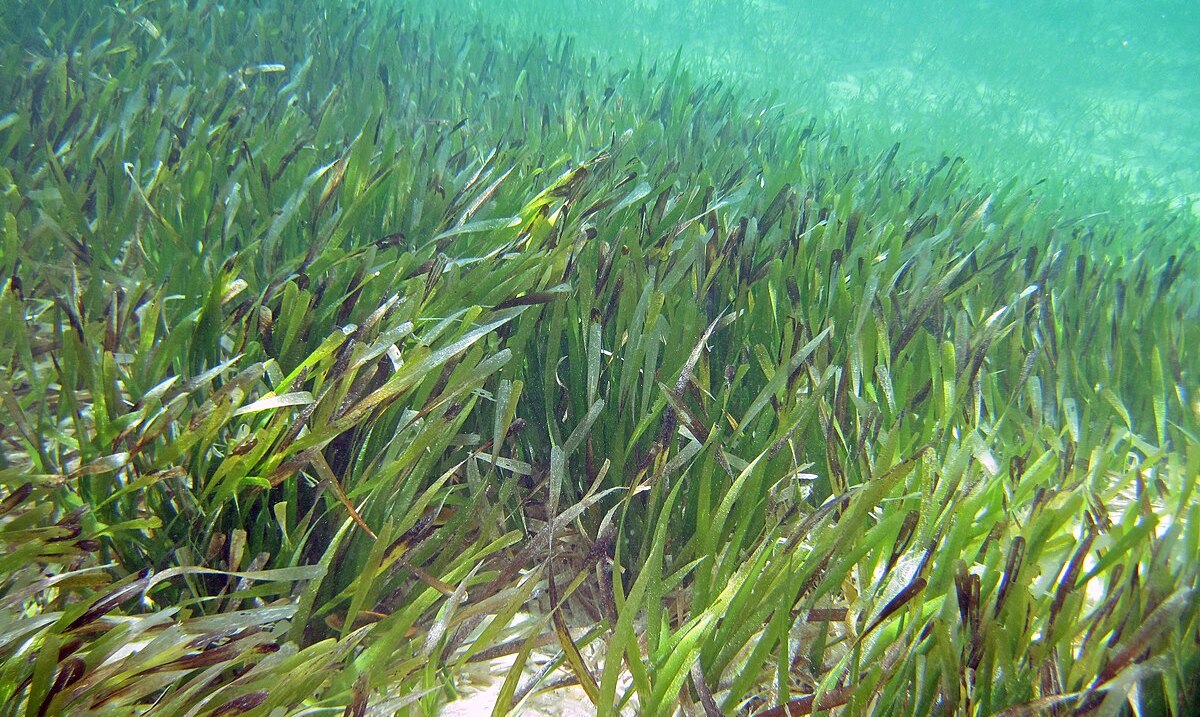
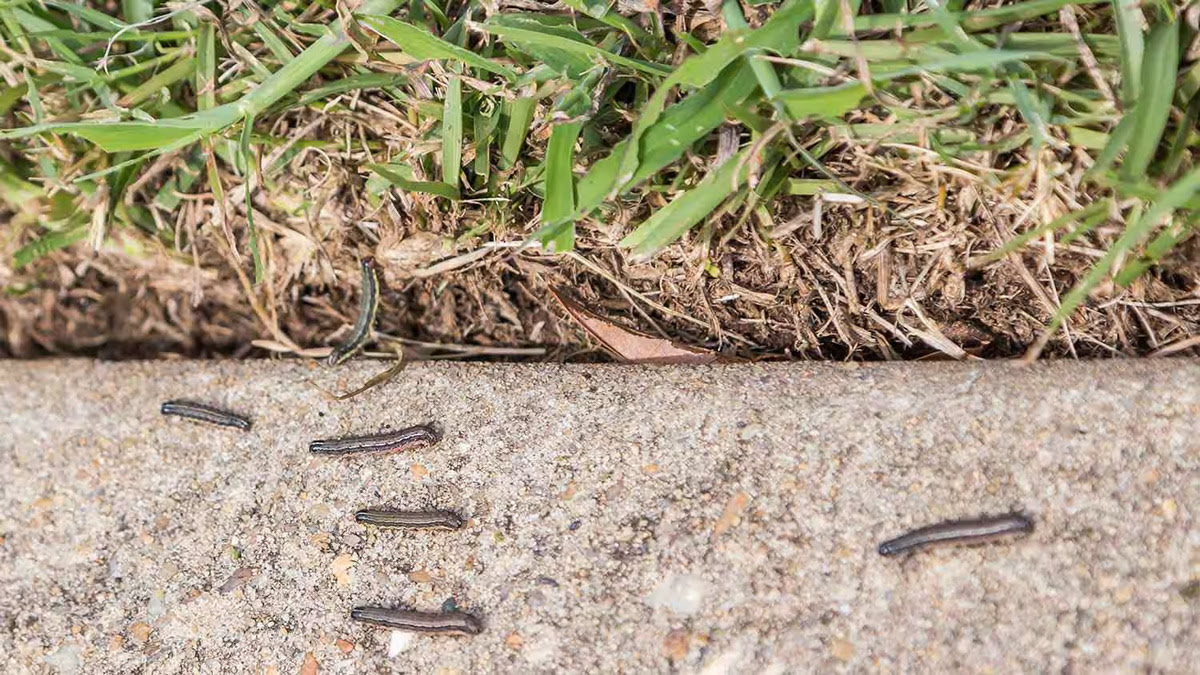
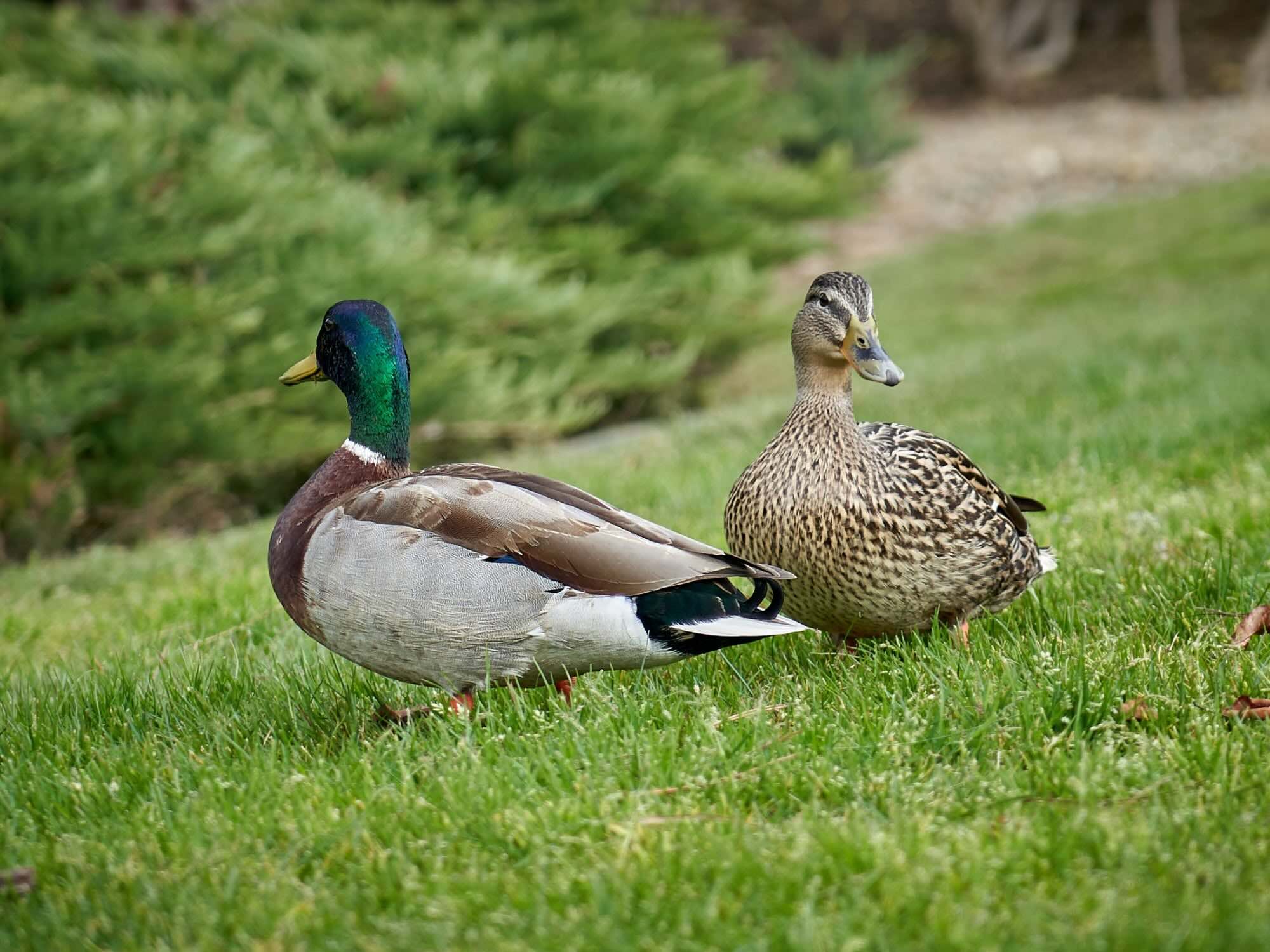
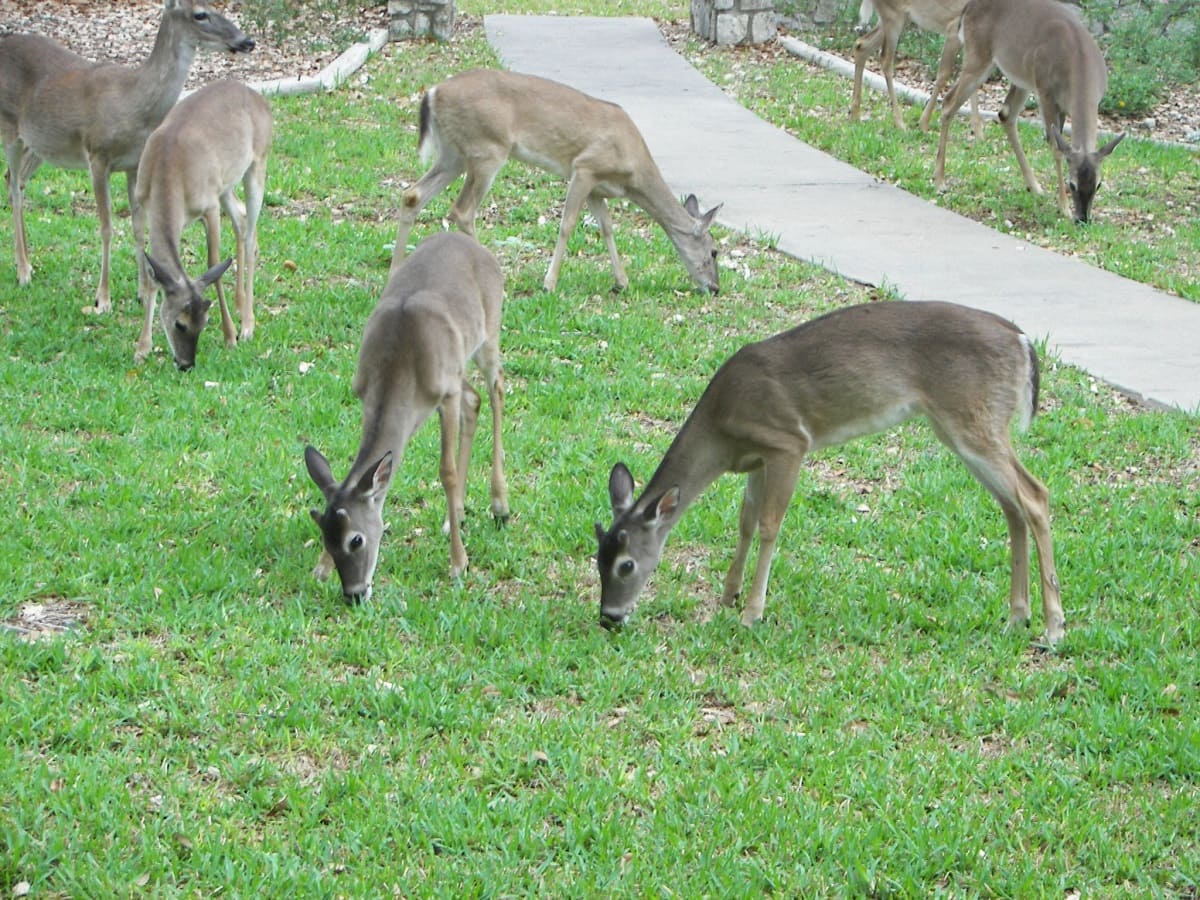
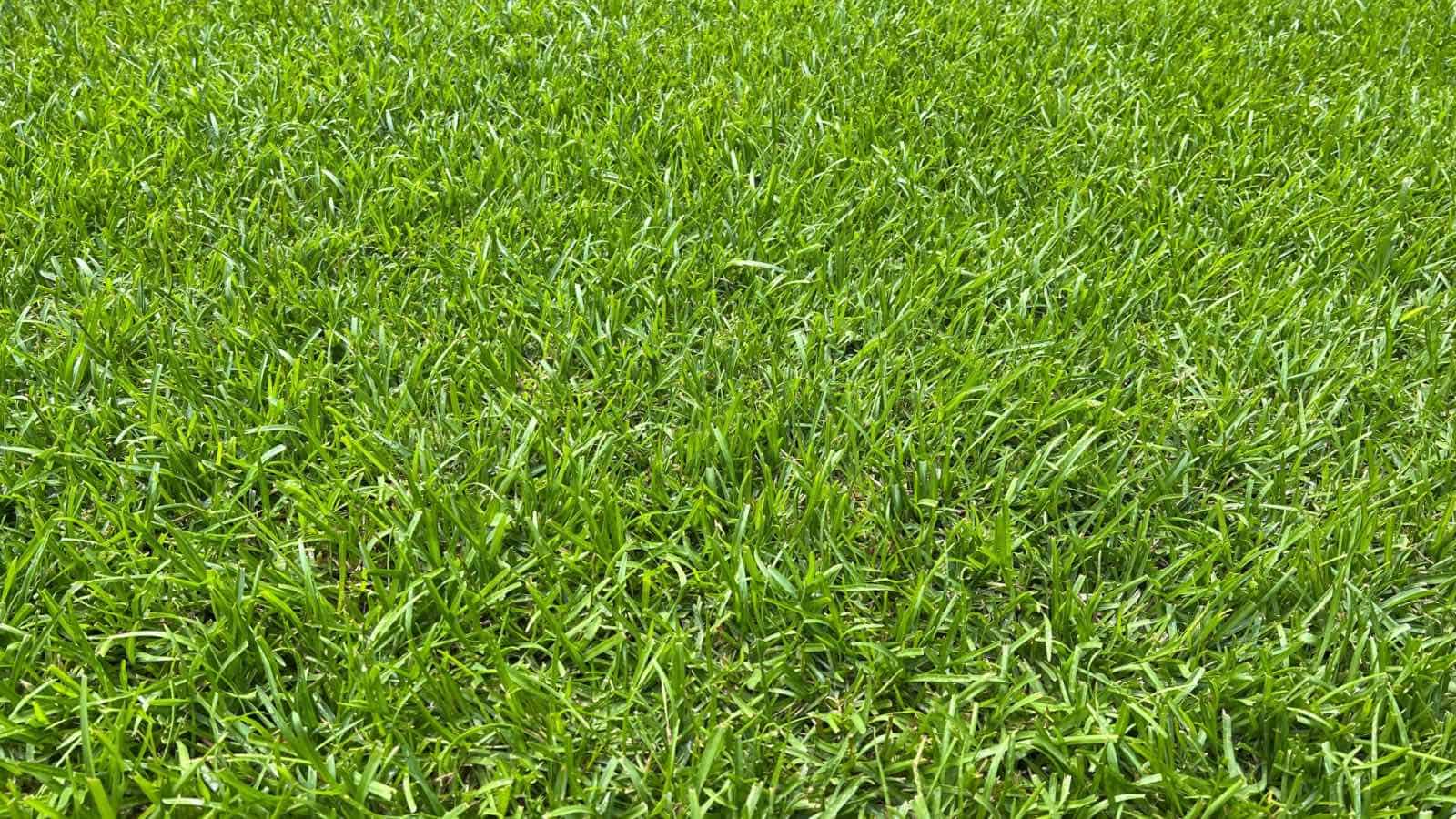
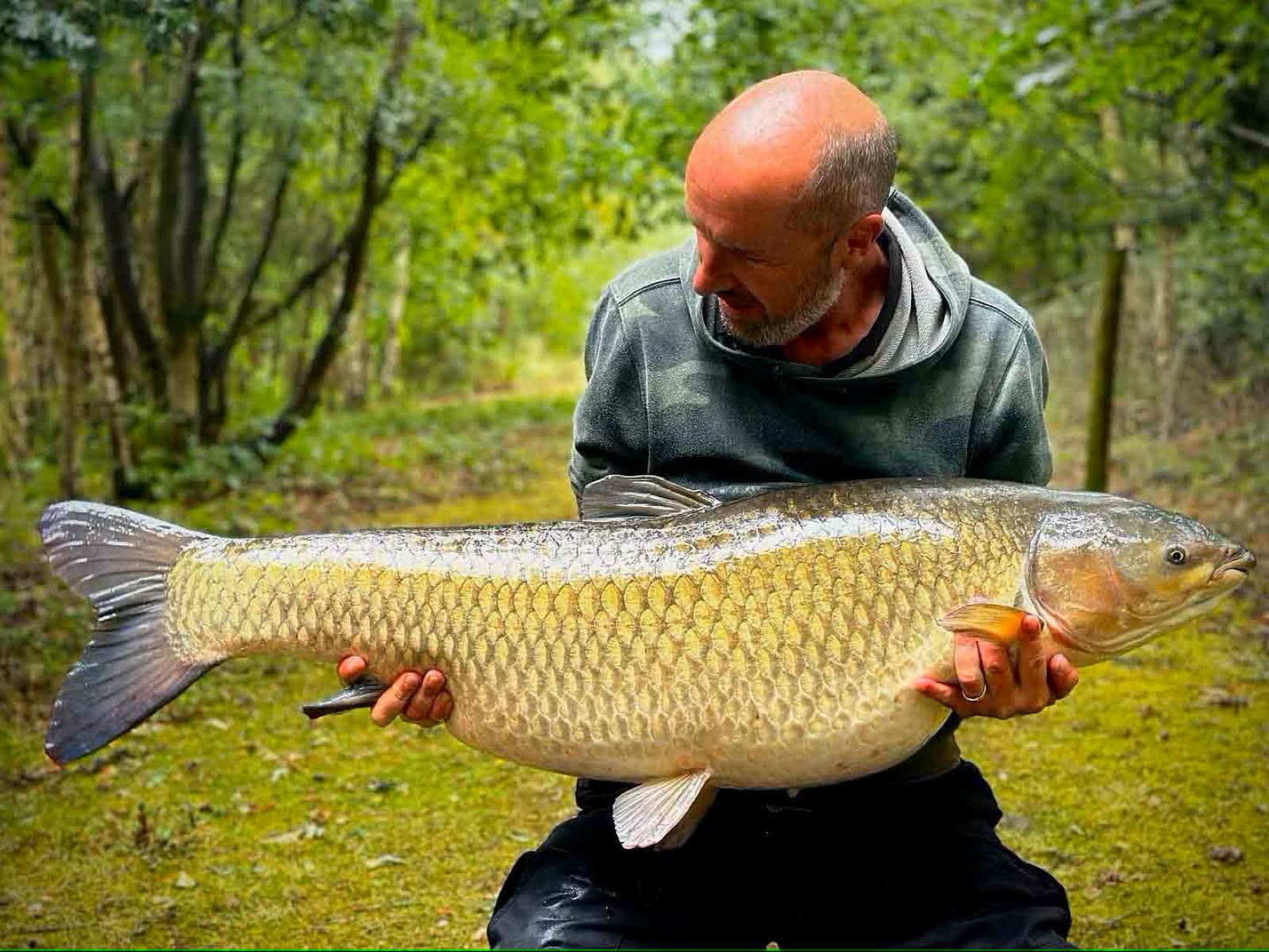
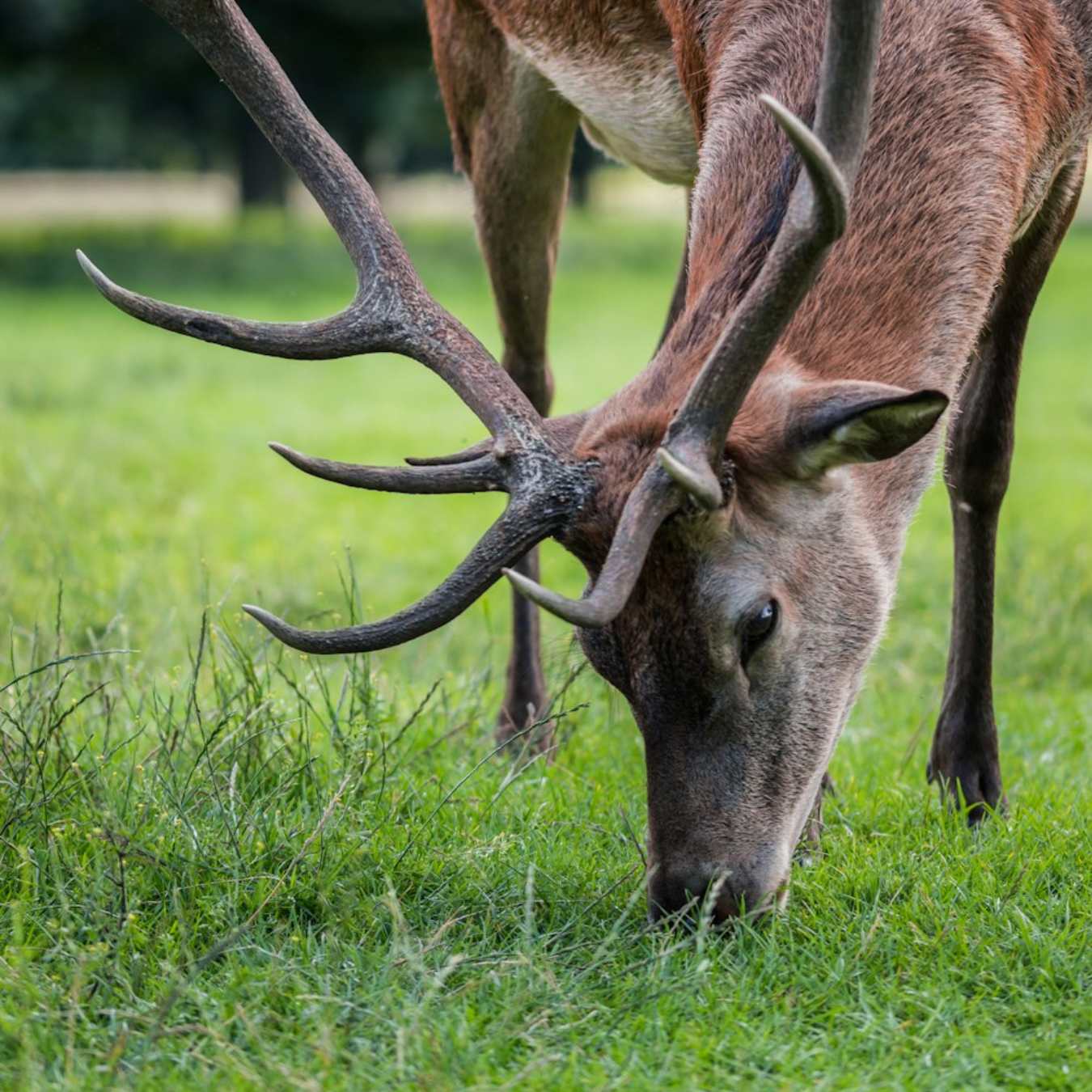
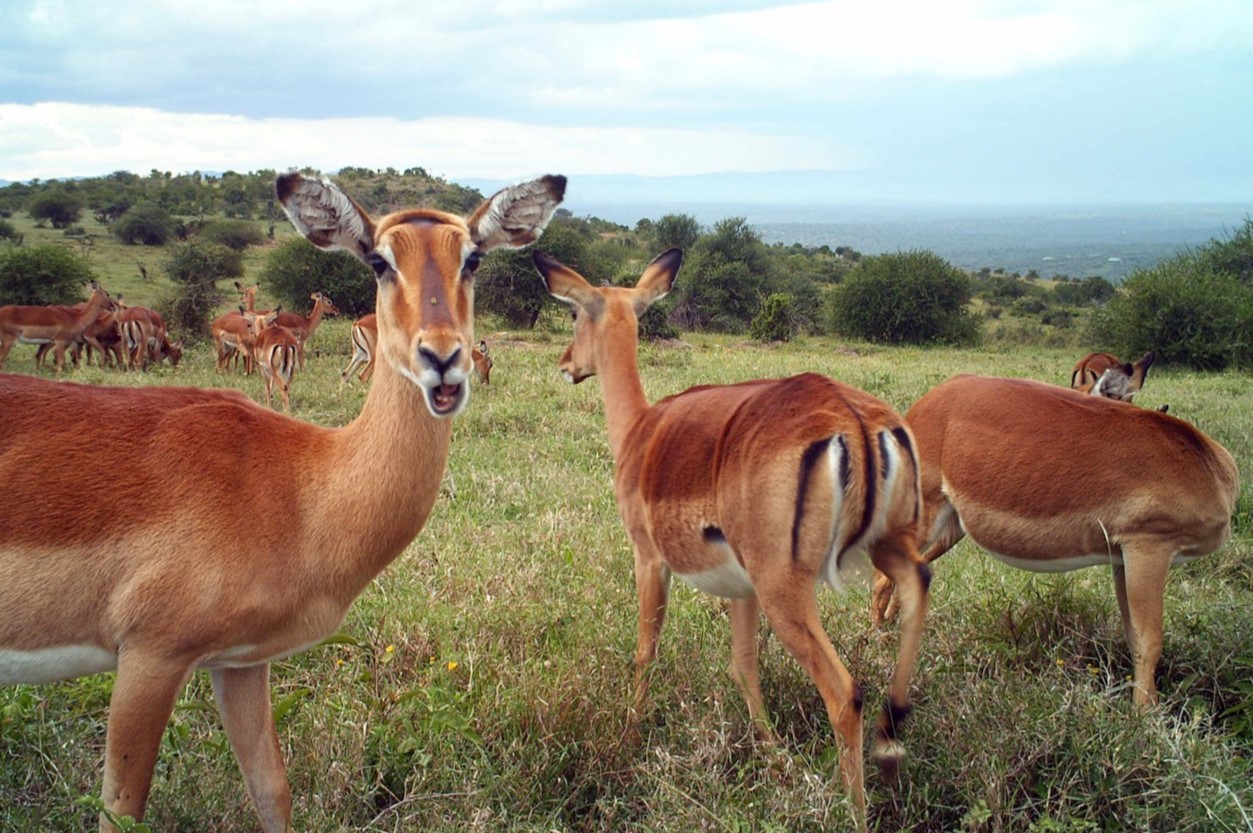
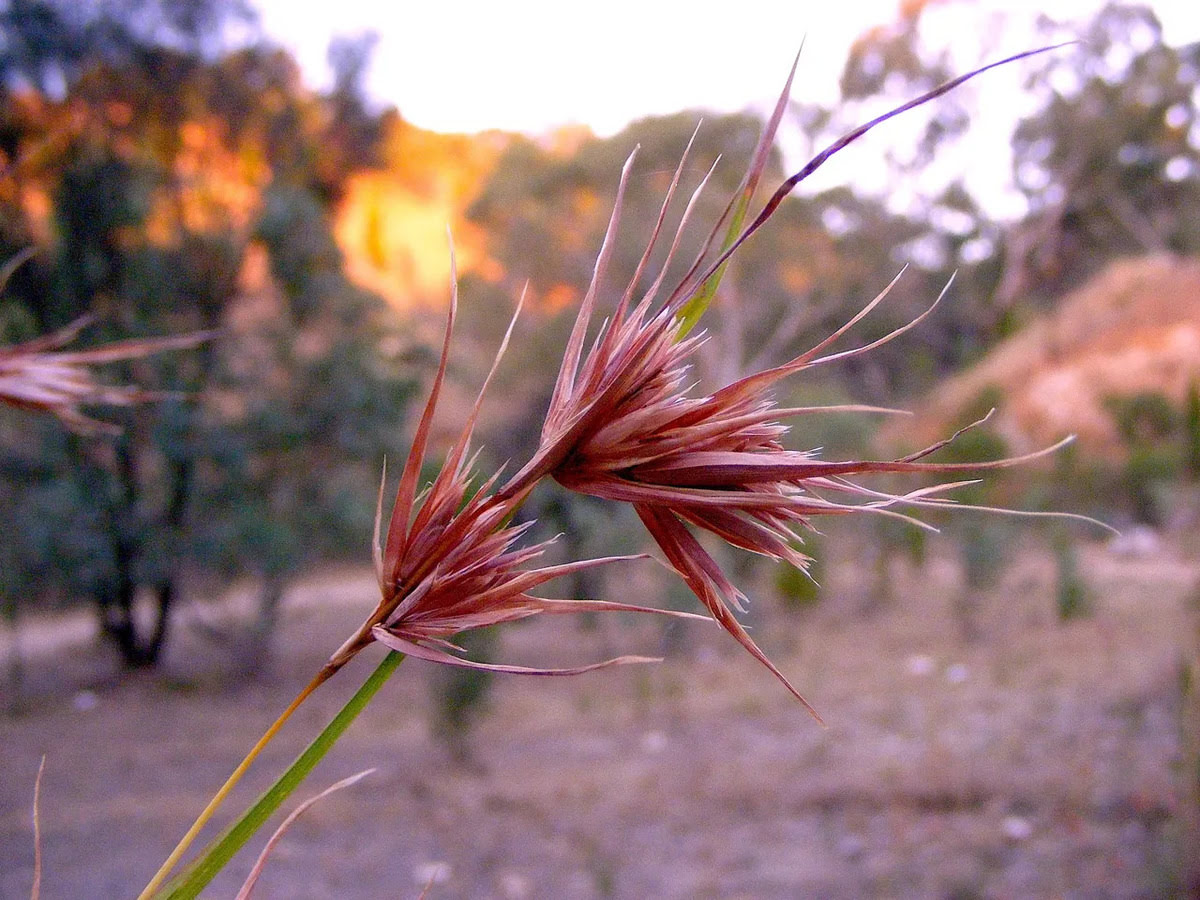
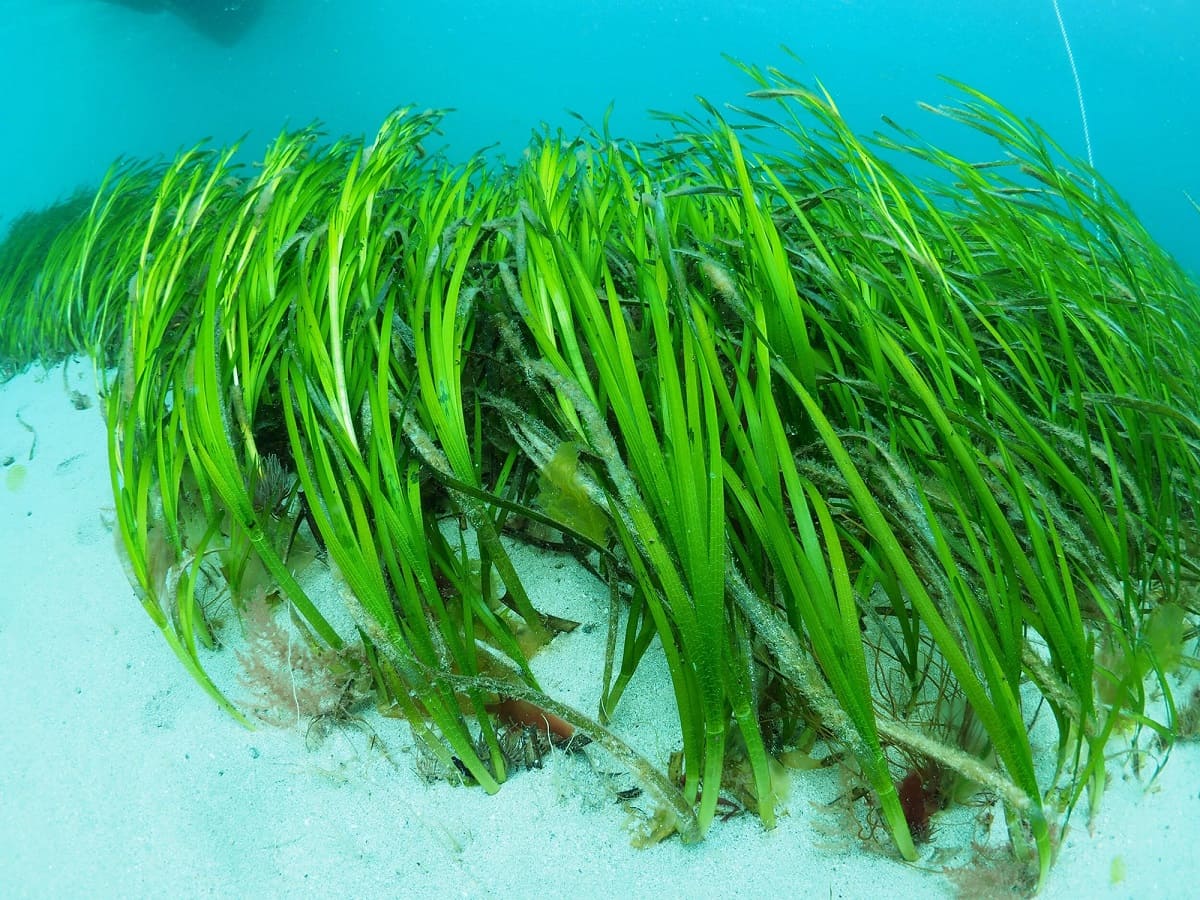
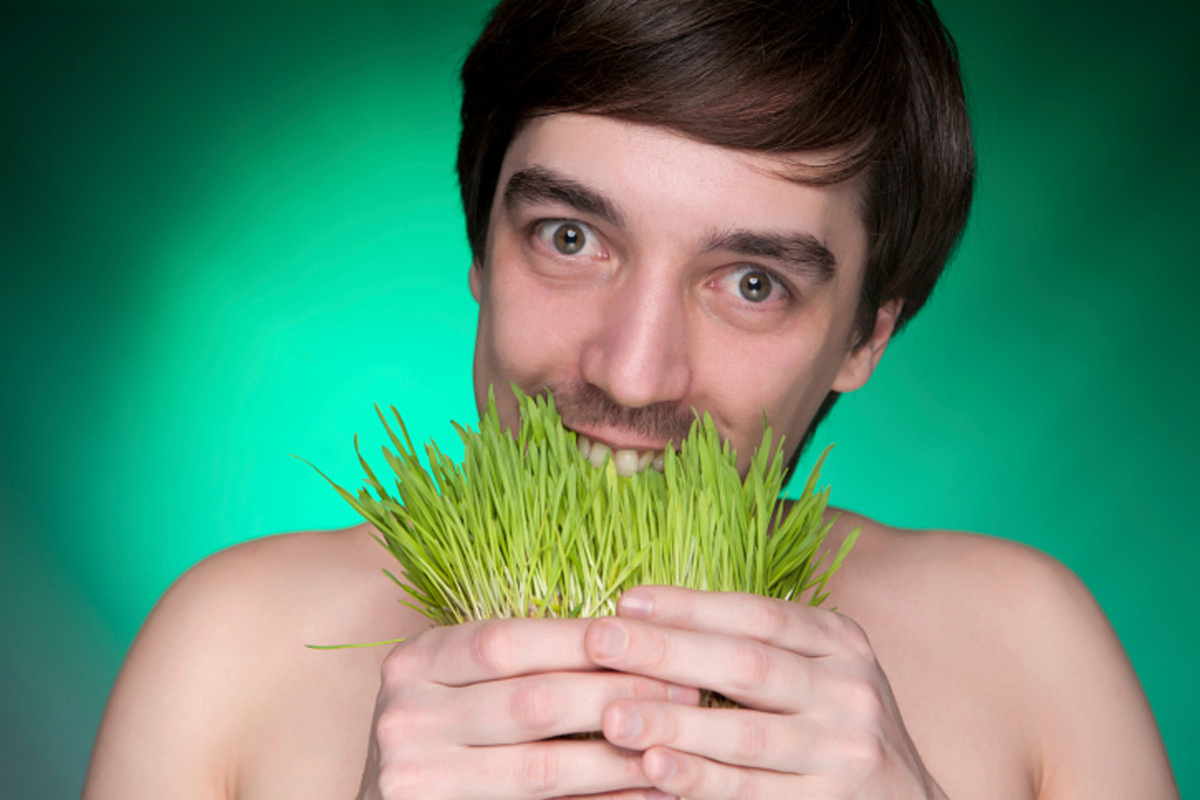
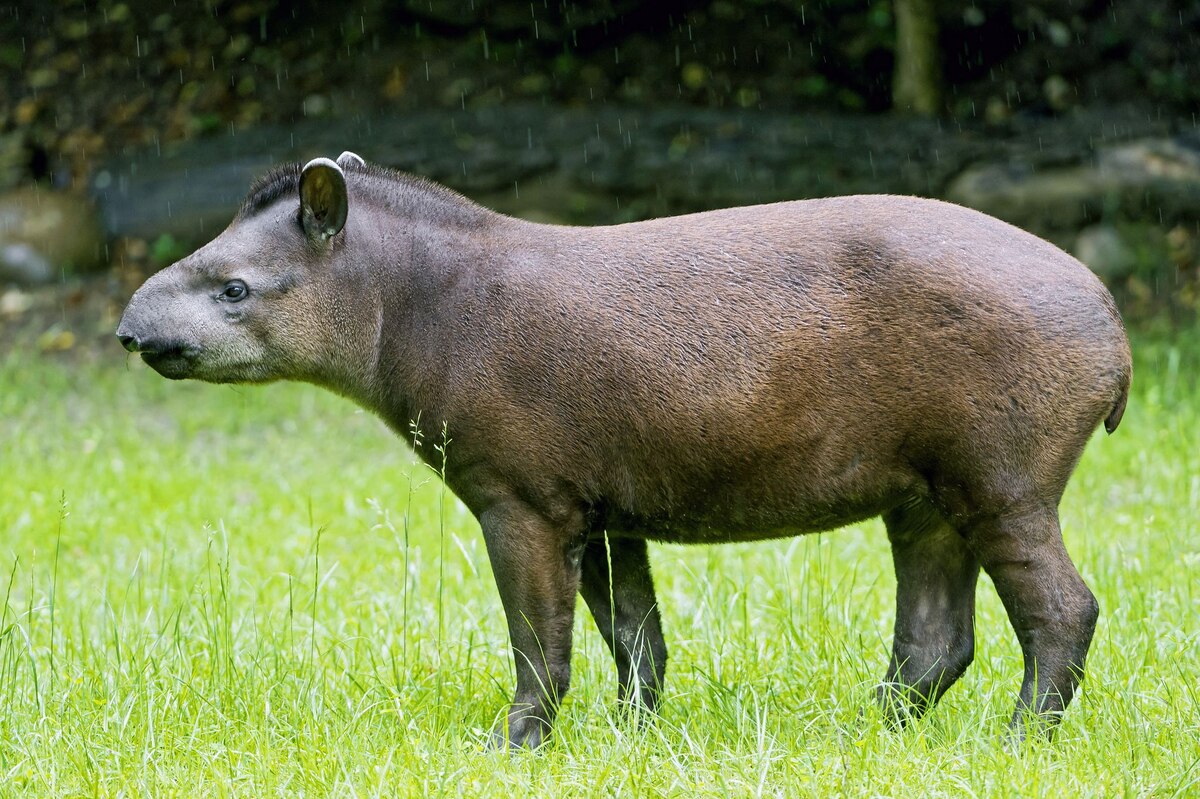

0 thoughts on “What Will Grass Carp Eat”